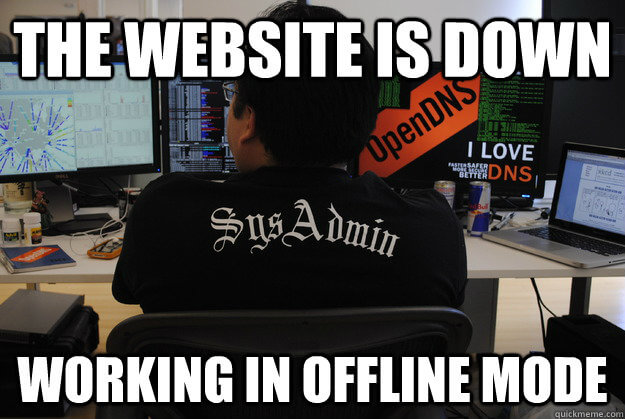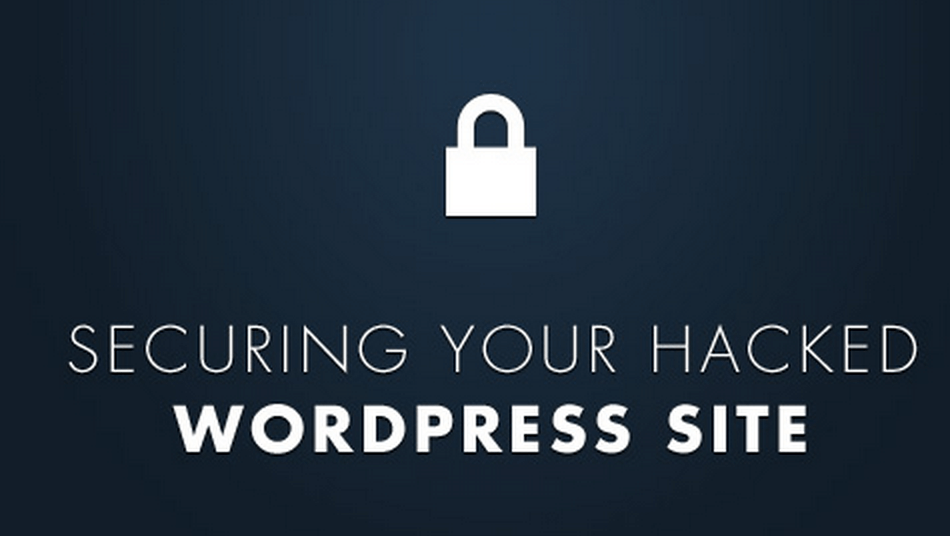
by Kappy Prasad | Feb 27, 2015 | Articles, Blog, Story
Before starting iNode Cloud, I have been with Crazy Domain, Go Daddy and various other hosting companies only to be offered bad service and slow and inconsistent downtimes and there’s no shortage of web hosting companies that do this, Hence why i decided to start iNode Cloud. Sometimes web hosts have technical problems or make mistakes, but when should you stick it out and when should you cut your losses and move on? Here are the top six signs your web host isn’t up to the job. 1. Your website is flaky and keeps going down No surprises here. If your website is unavailable or keeps throwing up errors, visitors will leave and not come back. Unless you’re offering something unique or already have a loyal following, this can kill your website in a very short time. Overloaded servers and inadequate networks are likely causes of problems with your web host. Sometimes a web hosting company will start strong but get progressively worse as it gains more customers; a victim of its own success. To be fair, it’s not always the fault of the web host. If your site is making unreasonable demands like using huge amounts of memory or processing time, there’s going to be trouble. Ideally, your web host will notice and prompt you to upgrade to a package with higher limits. The best ones will cover you if you get a sudden burst of traffic from the front page of Digg, and ask you to upgrade if it becomes a habit. Having too much traffic is a good problem to have, but if your site is not scaling, you should look...

by Kappy Prasad | Jan 19, 2015 | Articles, How To's, Linux, Technical, Wordpress
With WordPress powering 61% of CMS based websites, it has become a lucrative target for hackers. Google blacklisting for phishing and email blacklisting for spamming is quite common in WordPress hosting. A well maintained WordPress site is immune to hacking, but in shared hosting, the majority of WordPress websites will be un-patched, and vulnerable to hacking. Through a few simple strategies, it is possible to make WordPress immune to hacking. Securing the web server through web application firewalls The efficiency of a web application firewall largely depends on how quickly the firewall is able to include zero day WordPress exploits into their signature database. While commercial signatures gave close to 100% detection rates, free rules from Comodo, AtomiCorp, etc for the mod_security Apache module is good enough to prevent more than 95% of exploit attempts. Additionally, we were able to extend the malware detection capability of mod_security module by integrating it with ClamAV anti-virus software. Enabling auto-upgrade for WordPress installations Since WordPress v3.7, automatic security updates are switched on by default, and wouldn’t break anyone’s site. We further extended this feature by plugins like Advanced Automatic Updates, which can upgrade plugins and themes as well. For customers who chose security over extensive customization, the full-auto-upgrade worked very well in preventing website exploits. File upload scanning through FTP Compromised FTP accounts are another major source of malware uploads. Desktops, laptops and mobile devices get infected with trojans all the time, and web masters losing their FTP login details are a common cause of malware uploads. We put a block on this channel by deploying file upload scanners. For those web hosts...

by Kappy Prasad | Jan 8, 2015 | Articles, Blog, How To's, Story, Technical
If you cannot send emails to Gmail, your server may have been blacklisted. Here are some tips to get removed from the Gmail blacklist. Before jumping through the blacklist removal hoops, you may want to double check that your emails are not simply going into the spam folder. This process will not help you with emails being dropped into the spam folder. This is for getting off of Gmail’s blacklist. I am going to outline 3 steps. Verify you are on the Gmail blacklist. Perform preliminary blacklist removal checks. Submit Gmail blacklist delisting request. Gmail Blacklist Verification If you are blacklisted, then you should be getting a delivery rejection notice from Google. If you check your server’s logs or your email bounce you may see something like this: Remote_host_said:_550-5.7.1 Our_system_has_detected_an_unusual_rate_of unsolicited_mail_originating_from_your_IP_address._To_protect_our users_from_spam,_mail_sent_from_your_IP_address_has_been_blocked. Please_visit_http://www.google.com/mail/help/bulk_mail.html_to_review_our_Bulk_Email_Senders_Guidelines If you are seeing this email error, then your server’s IP has likely been blocked by Google. There could be other response codes, but typically all Gmail blacklist notifications will include a 550 error plus a link to the Gmail policies pages. If you are not seeing 550 errors, then you may not have an email blacklist problem but some other email delivery issue. Preliminary Blacklist Removal Tasks Before requesting removal from Gmail’s blacklist, you will want to take some steps to stop whatever caused the listing. See some of my other blacklist post with Google for more details but in a nutshell you should: Make sure there is no unauthorized email going from your server. Check the daily volume of email going to Gmail Look for compromised user accounts. Look for people forwarding email to Gmail. Once you...

by Kappy Prasad | Dec 20, 2014 | Articles, How To's, Linux, Technical
You may find yourself often fighting the frustration of having your business emails getting classified as spam in your customer email boxes. The fact is that about 80-90% of ALL email on the internet is spam. In spite of this, businesses anticipate increasing the number of email campaigns on the web. To stop the bombardment, people and businesses are creating filters, or buying company services that filter email so that they receive only content that they deem relevant to them. So, whether or not your email is legitimate, if a receiving host or email spam program is aggressive or set a certain way, your emails could very easily get marked as spam. Unfortunately, this is not a server or hosting issue. This is a general issue with email that you will find no matter where you host your business emails. This article discusses what you can do from your end. Steps to take when your emails are marked as spam There are several things that may help, but bear mind these are suggestions and not a guarantee that your email will no longer be filtered as spam: Make sure that you are not in violation of the CAN-SPAM Act of 2003. Verify that your emails make the grade and you’re not falling into common filtering rules. Send your customers a personal email message requesting that they white-list your domain, so that your business emails don’t get filtered into Spam. In this, I’m referring to a “personal” email as one that doesn’t include your marketing links or business advertisements or enhancements that may flag the email as something other than a personal email. Check...

by Kappy Prasad | Dec 14, 2014 | Articles, How To's, Linux, Technical
Recently a client asked us about a problem they were having with email that was being run on the same server that we had setup their website on. In this case the problem was pretty severe as they had been blacklisted from sending emails to any Gmail.com email address. After contacting the hosting company we were able to identify that one of their email accounts had been compromised and was being used to send out SPAM emails. It was an unfortunate situation that could have been avoided. In this post we cover what blacklisting means, what to do, and how to avoid it from happening again. What does ‘blacklisted for email’ mean? Blacklist definition According to google.com a blacklist is ‘a list of people or products viewed with suspicion or disapproval.’ In regards to email to be blacklisted means a provider such as Google has determined that your domain is abusing its system by sending too many emails to addresses on its network. Once you have been added to a blacklist all emails you attempt to send to the provider will be denied and you will see a message similar to this one: SMTP error from remote mail server after end of data: host aspmx.l.google.com [74.125.142.27]: 550-5.7.1 [YOUR IP ADDRESS HERE 1] Our system has detected an unusual rate of 550-5.7.1 unsolicited mail originating from your IP address. To protect our 550-5.7.1 users from spam, mail sent from your IP address has been blocked. 550-5.7.1 Please visit http://www.google.com/mail/help/bulk_mail.html to review 550 5.7.1 our Bulk Email Senders Guidelines. ck6si8779257igc.40 - gsmtp How did you get blacklisted for email? You will...






